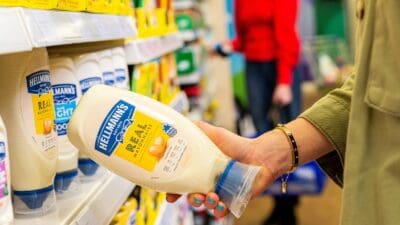At 71.5p today, I reckon Lloyds Banking Group (LSE: LLOY) shares are cheap. For one thing, although there’s no real growth in earnings forecast for this year and next, the bank has been doing just fine in beefing up its liquidity measures and has comfortably passed the Bank of England’s most recent stress tests – and that’s taken a fair bit of capital investment.
But even after that, we’re looking at an estimated P/E of a tiny 8.4 this year, rising to only around 9 next year as EPS is expected to drop back a little. But what really seals it for me is Lloyds’ impressive return to paying dividends. After getting the nod from the BoE to pay out some cash last year, there’s a yield of 3.3% on the cards this year. The interim payment of 0.75p per share was modest, but equalled 2014’s full-year payment, and the firm said it is targeting a “dividend payout ratio of at least 50 per cent of sustainable earnings“. That supports the City’s forecast for a yield of better than 5% next year, which would be just over twice covered by forecast earnings.
Full-year results are expected on 25 February, and a confirmation of the dividend could provide a boost to confidence.
Should you invest £1,000 in Aviva right now?
When investing expert Mark Rogers has a stock tip, it can pay to listen. After all, the flagship Motley Fool Share Advisor newsletter he has run for nearly a decade has provided thousands of paying members with top stock recommendations from the UK and US markets. And right now, Mark thinks there are 6 standout stocks that investors should consider buying. Want to see if Aviva made the list?
Pharma growth?
I reckon 2016 will be a key year for GlaxoSmithKline (LSE: GSK) dividends too, not because I’m expecting a rise – we’re already looking at huge yields – but because it should be the year that tells us whether it’s going to be sustainable.
Currently the analysts are predicting a pumped-up yield of 7% this year on a share price of 1,350p, but that wouldn’t be anywhere near covered by forecast earnings. Glaxo is making its dividend payments from its cash reserves while it’s in its critical drugs pipeline turnaround phase. We’ve seen three years of falling EPS with a pretty big drop of 20% expected this year, but it was always going to take around three years or more to get the pharmaceuticals giant back to earnings growth.
That growth is predicted to happen in 2016 with an 11% rise on the cards and coupled with a small expected fall in the dividend, we’d see the yield drop to a still-impressive 6.2%. The crucial point is that it would be just about covered by earnings and that, I think, is going to be the determinant of the firm’s dividend policy in the near future. If the return to growth comes off, the payout should hopefully be safe, but if earnings falter for another year, I wouldn’t bank on it.
Resurgent insurance
I’m turning to insurance next, because I think it’s possibly the FTSE 100‘s most undervalued sector. I’ve gone for Aviva shares myself, but today I’m looking at Old Mutual (LSE: OML) because its share price has dropped alarmingly of late – since the start of December we’ve seen a 21% drop to 176p!
But there’s really nothing wrong, and the firm’s third quarter update looked pretty good with record quarterly sales, a net client inflow and funds under management stable at around £320bn. “This has been a very good quarter for the Group,” enthused finance director Ingrid Johnson, and it’s hard to disagree.
It seems the punters are just wary of Old Mutual’s geographic diversity and are running scared from emerging markets these days. But for those made of sterner stuff it leaves well-covered forecast dividend yields of 4.7% and 5% this year and next, from shares on a P/E of only around 8 to 8.5.







